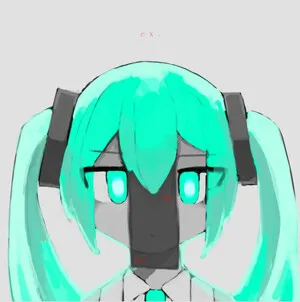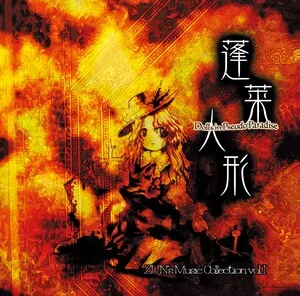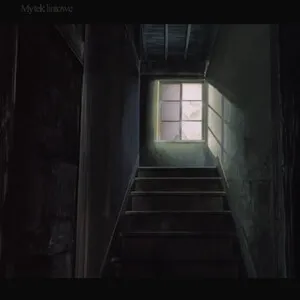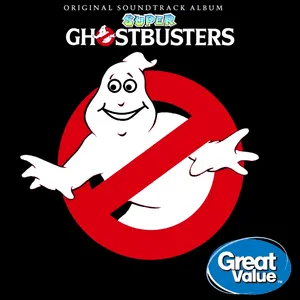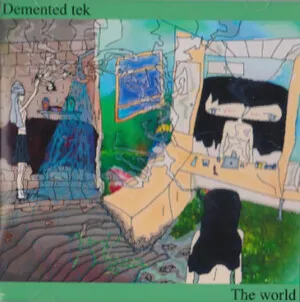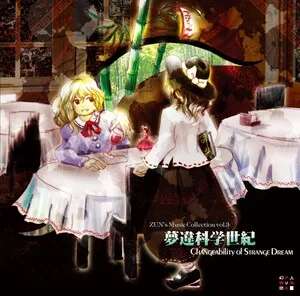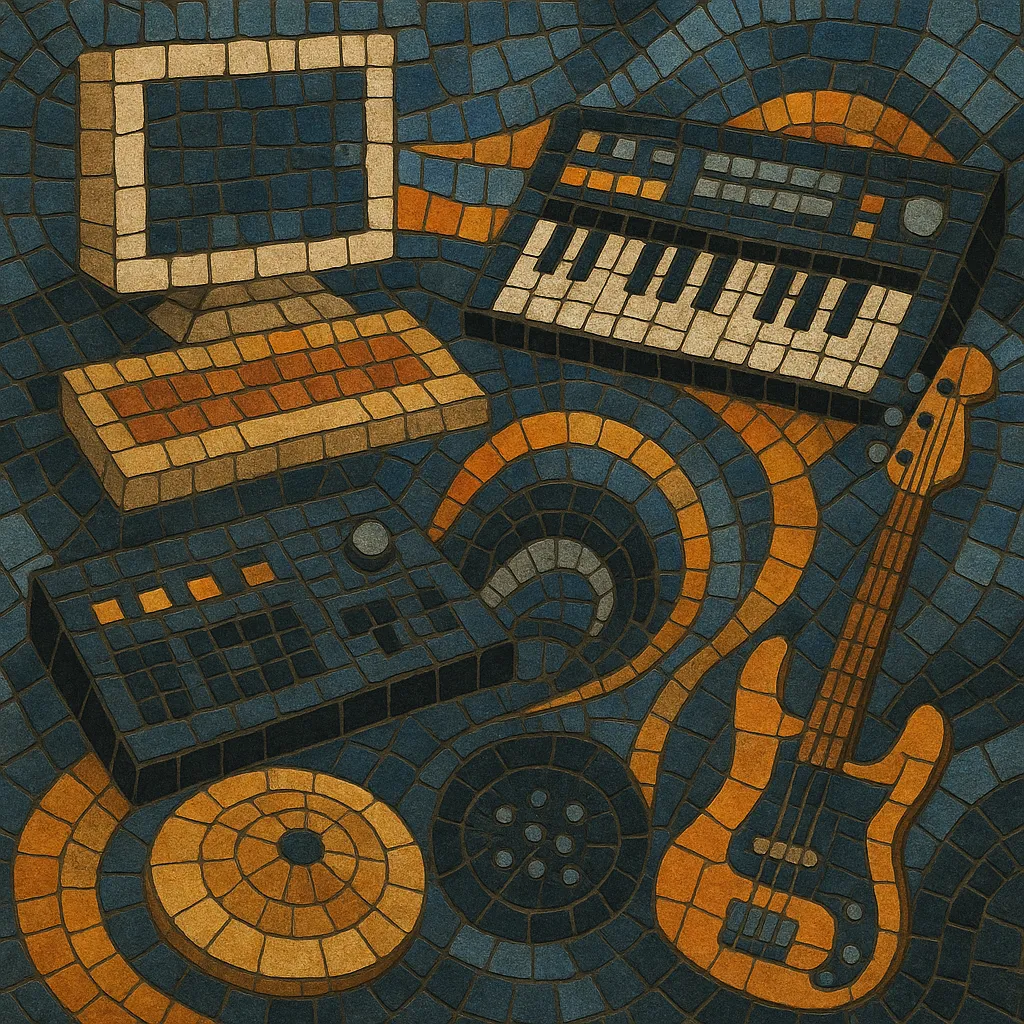
MIDI music is a style centered on composing and distributing music as Standard MIDI Files (.mid), using General MIDI (GM) instrument maps and channel conventions rather than recorded audio.
Characterized by the hallmark timbres of GM-era synth modules and sound cards (e.g., Sound Canvas pianos, synth brass, slap bass, orchestral hits, and the Channel 10 drum kit), it embraces the sequenced, quantized feel of early PC games, DOS/Windows multimedia, and 1990s web pages that auto-played background MIDIs. Expressivity is driven by velocity, pitch bend, modulation, and controller messages, not microphone capture.
Distinct from chiptune and tracker music, which target specific sound chips or module formats, MIDI music is portable across devices and soundfonts, producing a recognizable yet device-dependent aesthetic that evokes retro computing, early internet culture, and game nostalgia.
The Musical Instrument Digital Interface (MIDI) specification was introduced in 1983, enabling electronic instruments and computers to communicate using note and controller messages. As PC sound cards and external modules proliferated, composers could author music as portable instructions rather than audio recordings.
The General MIDI (GM) spec (1991) standardized instrument numbers and percussion on Channel 10, making MIDI files far more interchangeable. Roland’s Sound Canvas line and ubiquitous PC sound cards helped establish a shared sound palette. MIDI files became the lingua franca for DOS/Windows games, multimedia CD-ROMs, educational software, and personal websites, where tiny file sizes enabled music to accompany pages over dial-up.
With faster internet and better storage, streamed/recorded audio began to replace MIDI in games and the web. Still, MIDI remained vital in composition workflows, scoring, and prototyping. Communities continued to trade .mid arrangements, covers, and GM remixes, sustaining the aesthetic.
A wave of retro-computing and VGM nostalgia renewed interest in GM timbres. Online “MIDI remixes,” Sound Canvas emulations, and GM soundfont revivals surfaced alongside scenes like vaporwave and mallsoft, which occasionally borrow MIDI’s corporate muzak/ROMpler sheen. Today, MIDI music endures as both a compositional tool and a distinct retro style with its own cultural memory.

